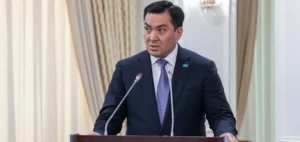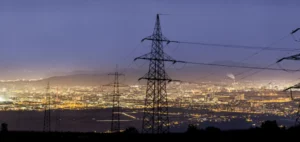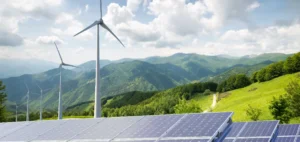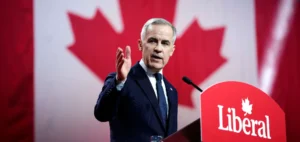The President of the United States, Donald Trump, has signed an executive order that modifies federal policy regarding resource development in Alaska. This text aims to expand the possibilities for oil, gas, and mining extraction in several previously restricted zones. It also invalidates various earlier measures, thereby reducing regulatory constraints on the sector. According to authorities, the goal is to energize commercial opportunities and the exploitation of strategic resources.
Oil and Gas Development
This change includes canceling decisions made under former President Joe Biden, notably the suspension of oil exploration in the protected area of the Arctic National Wildlife Refuge (ANWR). Drilling in this region had been limited in the name of environmental conservation. With this new order, federal agencies are invited to revise or repeal any regulations hindering the exploitation of Alaska’s resources. The local government has expressed support for these measures, emphasizing the economic importance they could represent for the state.
The text also plans to roll back restrictions that applied to the National Petroleum Reserve–Alaska (NPRA), a vast territory where the previous administration had limited drilling permits. This reserve is known to hold significant oil and natural gas deposits. According to official documents, the objective is to simplify permitting procedures and reduce processing times. Federal officials believe these regulatory adjustments could encourage more private investment.
Infrastructure and Logistics
At the same time, the new governmental direction seeks to speed up the realization of infrastructure projects, such as roads intended to connect remote areas of Alaska with key transportation points. Proponents claim that these road corridors would facilitate access to mining and forestry resources, currently underexploited. The idea is to allow the industries in question to operate more freely, without the administrative blockages previously in place. Supporters of this plan maintain that local commerce and international competitiveness would thus be strengthened.
The liquefied natural gas (LNG) sector is also targeted by this executive order. Federal authorities are now obliged to accelerate the approval of projects related to LNG transport and export, thereby opening new prospects for suppliers. Some observers note that Alaska, because of its geographical position, could position itself as a key player in international markets. Numerous regional political leaders see this as an opportunity to revive growth by diversifying energy revenues.
Forestry and Related Industries
The executive document also reflects the intention to once again eliminate the “Roadless Rule,” an earlier regulation that limited logging in certain remote areas. According to official sources, this repeal would facilitate the harvesting of marketable timber while enabling the expansion of the paper and construction industries. Business circles believe that lifting these constraints could stimulate local employment. Some analysts, however, note that the real impact will depend on market conditions and logistical capacities.
Several political figures in the state, including Governor Mike Dunleavy, welcomed this federal approach. According to their statements, the regulatory relaxation would restore Alaska’s control over its energy development by reinstating permits canceled under the previous administration. Members of Congress share this view, asserting that these legislative changes align with the economic interests of the local population. Observers say that the revival of oil and gas activities could strengthen public revenues and fund various infrastructure projects.
Opposition and Outlook
Several organizations oppose this shift, citing the need to preserve sensitive ecosystems and address climate concerns. Other voices worry about potential legal disputes, as some federal regulations remain complex to cancel unilaterally. Preliminary reports suggest that questions remain about the true attractiveness of the deposits for investors. Nevertheless, industrial operators might benefit from a more flexible legal framework, provided international prices remain stable.
This set of measures also includes resuming exploration projects abandoned by previous teams, particularly in coastal areas with high oil potential. Proponents of this approach highlight the possibility of reinforcing the country’s energy independence and competitiveness in external markets. Industry groups assert that swiftly modernizing drilling facilities is an essential prerequisite for achieving increased production. Every stakeholder now plans to evaluate whether this regulatory liberalization offers a durable strategic advantage.






















